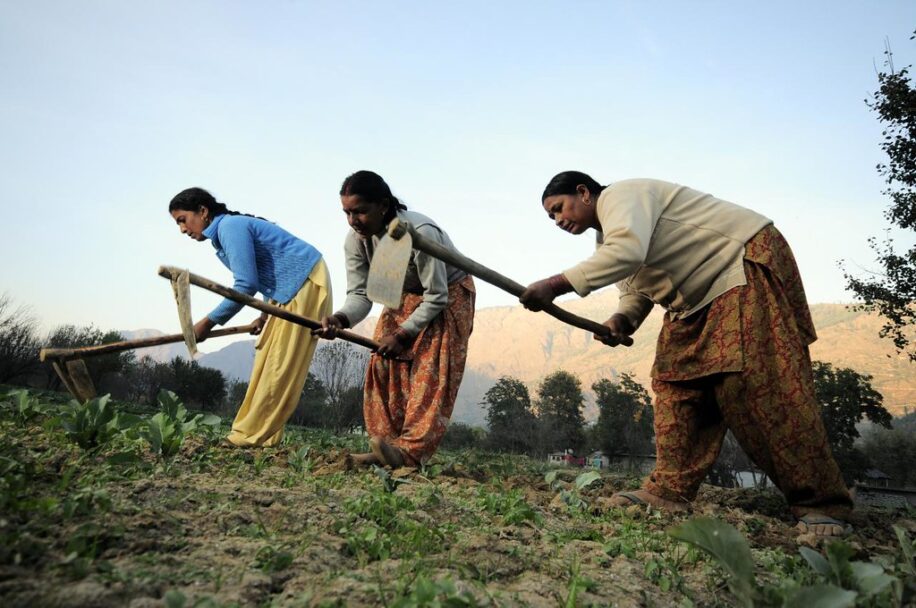Although the number of women farmers in the United States is growing, women in the agriculture field still lack access to the same resources men do.
Women’s History Month is a celebration of women’s accomplishments and their contributions to society, and women in the agriculture industry have made significant strides despite facing many gender-specific obstacles.
One of the most prominent issues creating this gender gap is women’s lack of access to land and resources.In developing countries, only 10% to 20% of landholders are women. In the US, the number of women farmers is growing as 43% of farmland is owned or co-owned by women.
Still, on average, women-run farms produce 20% to 30% less than man-run farms, “not because they are less skilled, but because they operate smaller farms and use fewer inputs like fertilizers, improved seeds, and tools,” said Terry Raney, editor of The State of Food and Agriculture.
This places challenges on female farmers who are trying to enter into contracts and increase their yields when they do not have control over the land itself. Although women in developed countries do not always face the same issues, they too experience a disadvantage due to a lack of agricultural resources.
Without the same access to land and resources as their male counterparts, it is extremely difficult for women to achieve the same level of success. Giving women more access to agricultural resources and education has the potential to increase their food production by up to 30%.
Those that live in developing countries that lack access to food often rely on women to be food providers. For example, in Uganda, the population is growing at an extremely high rate, yet almost 22% of people live below the poverty line.
Female farmers play a vital role in providing food to these communities. Women make up more than half of Uganda’s agricultural workforce, yet their production is low, compared to men. Providing these female farmers with more resources, such as land access, fertilizers, and education, can help provide more food to those undernourished and living in poverty.
“Gender equality is not just a lofty ideal, it is also crucial for agricultural development and food security,” said Jacques Diouf, Food and Agriculture Organization of the UN Director-General. “We must promote gender equality and empower women in agriculture to win, sustainably, the fight against hunger and extreme poverty.”
Celebrate this Women’s History Month by staying educated on the gender gap in the agriculture field, and support your local women-run farms.

